Steve Bannon told Jeffrey Epstein he didn't 'look at all creepy' in 2019 video session, Michael Wolff reports

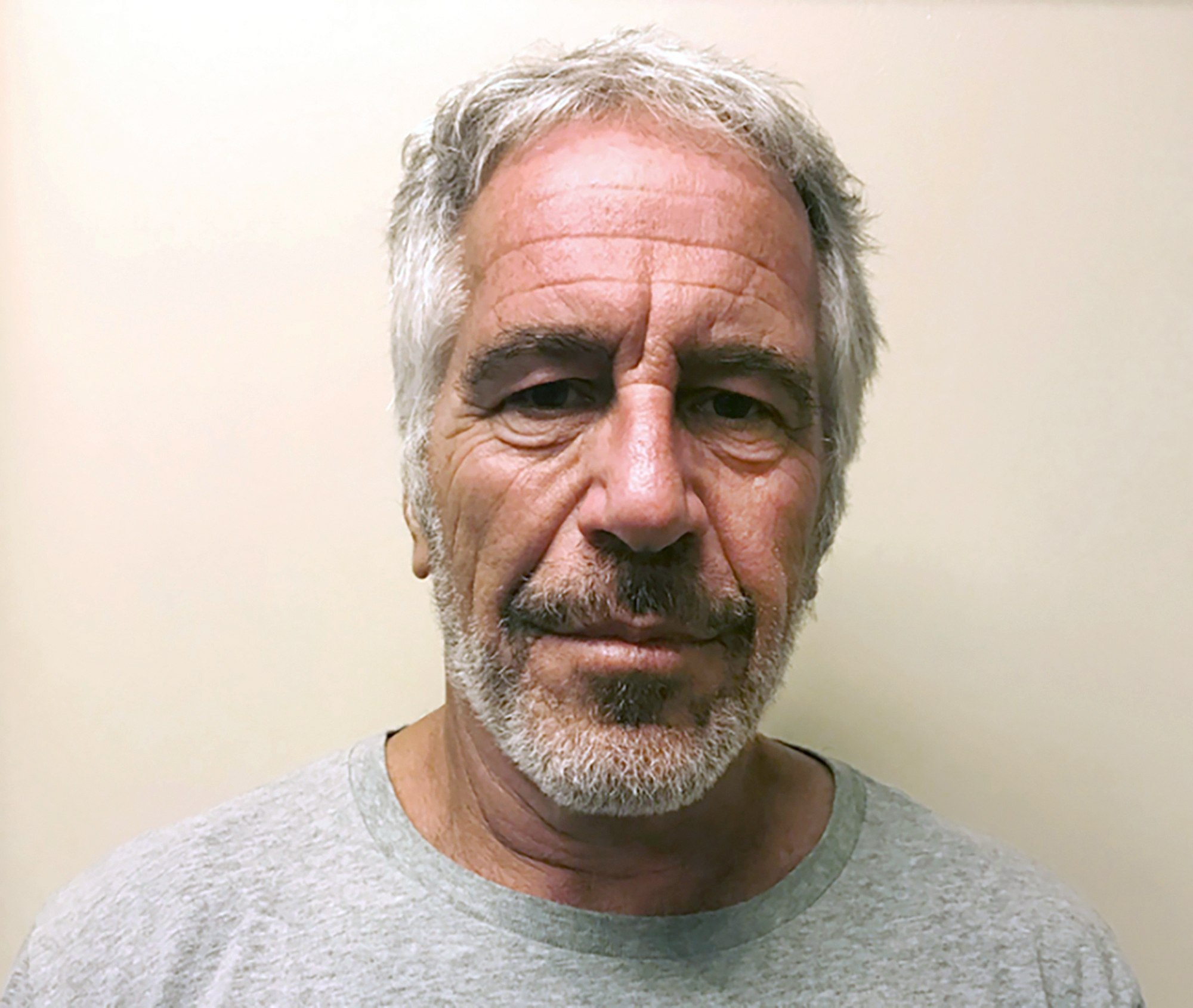
New York Times media reporter Ben Smith devoted his Sunday column to Michael Wolff, who earned enough money to buy a second home on Long Island and "finally afford the lifestyle he had already been living" with his Trump White House tell-all Fire and Fury. Specifically, Smith ruminated on how Wolff gets the "monsters" he profiles to open up to him. Wolff's new book, Too Famous, includes profiles of Roger Ailes, Rupert Murdoch, Harvey Weinstein, former President Donald Trump, and Steve Bannon, among others.
Wolff, a "New York media scenester for decades," has "managed to stay at the top of his game because of his undying interest and expertise in a particular subject: big, bad men," Smith writes. "What Oprah Winfrey is to tearful celebrities and earnest royals, Mr. Wolff is to louche power players."
Smith started his column with a scoop from Wolff's book, that Bannon had worked with convicted pedophile and sex trafficker Jeffrey Epstein in 2019, soon before Epstein's arrest. Wolff described their taped encounters as media training for a 60 Minutes interview that would never happen; Bannon said he recorded 15 hours of interviews with Epstein for a previously unannounced documentary on Epstein's "perversions and depravity." Wolff said he worked off transcripts of what Epstein evidently believed to be practice interviews.
The Week
Escape your echo chamber. Get the facts behind the news, plus analysis from multiple perspectives.

Sign up for The Week's Free Newsletters
From our morning news briefing to a weekly Good News Newsletter, get the best of The Week delivered directly to your inbox.
From our morning news briefing to a weekly Good News Newsletter, get the best of The Week delivered directly to your inbox.
Bannon advised Epstein to look directly into the camera occasionally, not to share his racist theories on how Black people learn, and stick to his main message that he was not a pedophile, Wolff writes. He quotes Bannon's feedback to Epstein: "You're engaging, you're not threatening, you're natural, you're friendly, you don't look at all creepy, you're a sympathetic figure." Wolff won't say where he got the Epstein transcripts or other details of Epstein's last days.
Smith offers a few theories for Wolff's success with "bad men," including common enemies in the mainstream media and the promise of a sympathetic hearing. "And given that many of these figures must choose to tell their stories either to rule-abiding journalists, who often view them as monsters, or to sycophantic lightweights, you can see the appeal of going with someone who can relate to your struggles," he suggests.
Also, while most journalists are chasing down heroes, Wolff seeks insight on "understanding why our bad men do the things they do," Smith writes. "And monsters are fascinating." Read Smith's full column at The New York Times.
A free daily email with the biggest news stories of the day – and the best features from TheWeek.com
Peter has worked as a news and culture writer and editor at The Week since the site's launch in 2008. He covers politics, world affairs, religion and cultural currents. His journalism career began as a copy editor at a financial newswire and has included editorial positions at The New York Times Magazine, Facts on File, and Oregon State University.
-
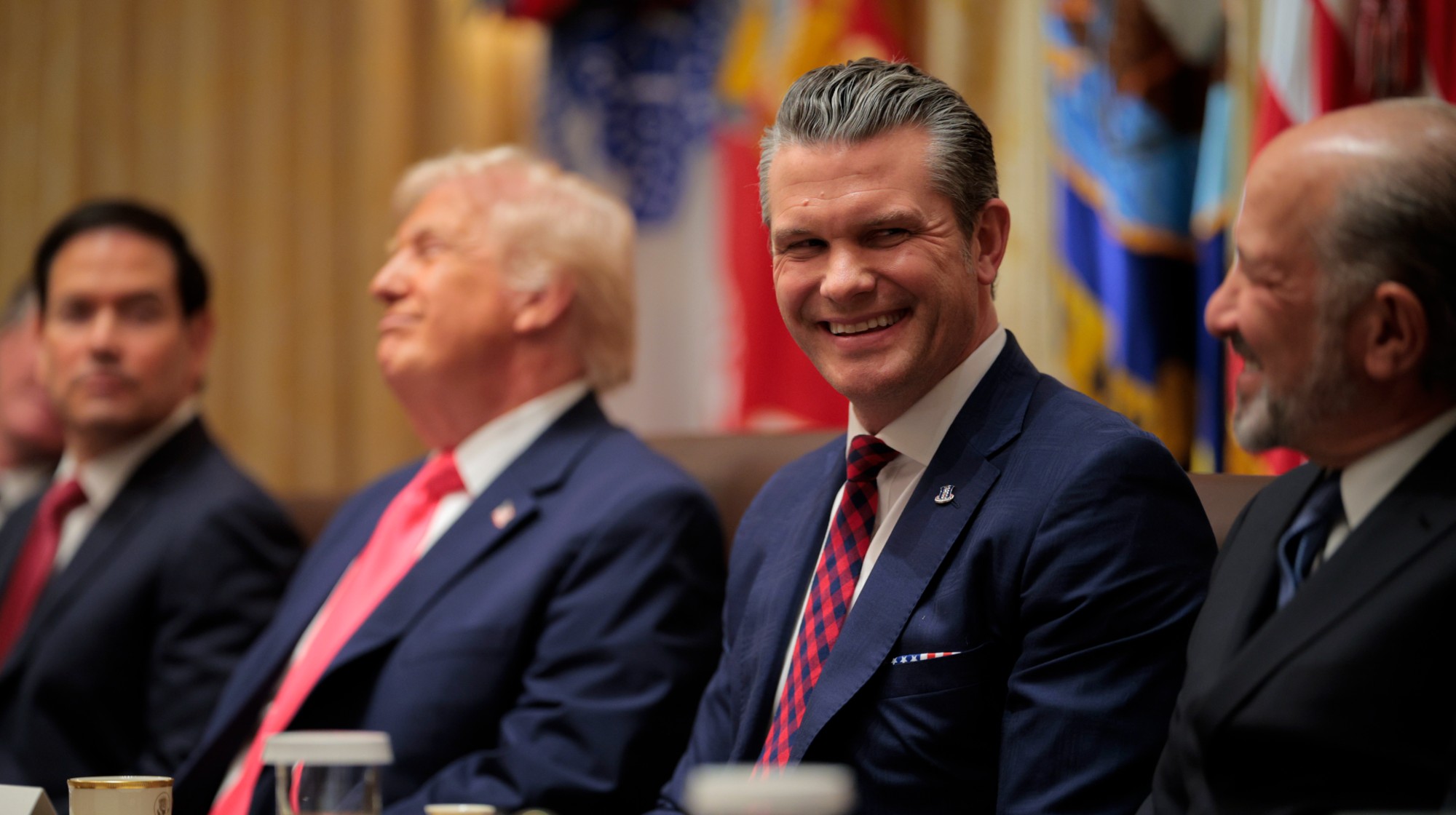 Hegseth rejects release of full boat strike footage
Hegseth rejects release of full boat strike footageSpeed Read There are calls to release video of the military killing two survivors of a Sept. 2 missile strike on an alleged drug trafficking boat
-
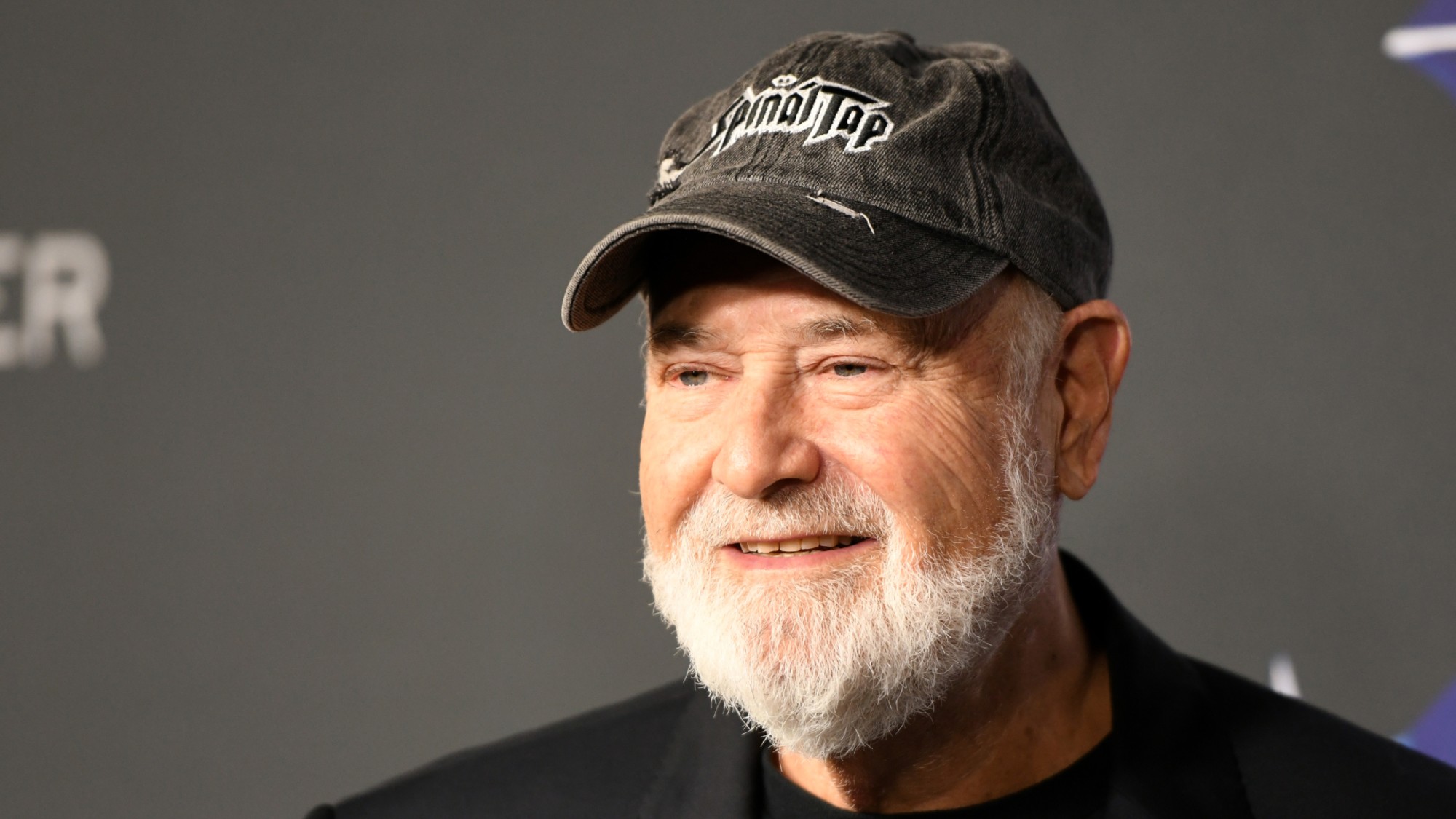 ‘It’s another clarifying moment in our age of moral collapse’
‘It’s another clarifying moment in our age of moral collapse’Instant Opinion Opinion, comment and editorials of the day
-
 Trump vows naval blockade of most Venezuelan oil
Trump vows naval blockade of most Venezuelan oilSpeed Read The announcement further escalates pressure on President Nicolás Maduro
-
 Hegseth rejects release of full boat strike footage
Hegseth rejects release of full boat strike footageSpeed Read There are calls to release video of the military killing two survivors of a Sept. 2 missile strike on an alleged drug trafficking boat
-
 Trump vows naval blockade of most Venezuelan oil
Trump vows naval blockade of most Venezuelan oilSpeed Read The announcement further escalates pressure on President Nicolás Maduro
-
 Kushner drops Trump hotel project in Serbia
Kushner drops Trump hotel project in SerbiaSpeed Read Affinity Partners pulled out of a deal to finance a Trump-branded development in Belgrade
-
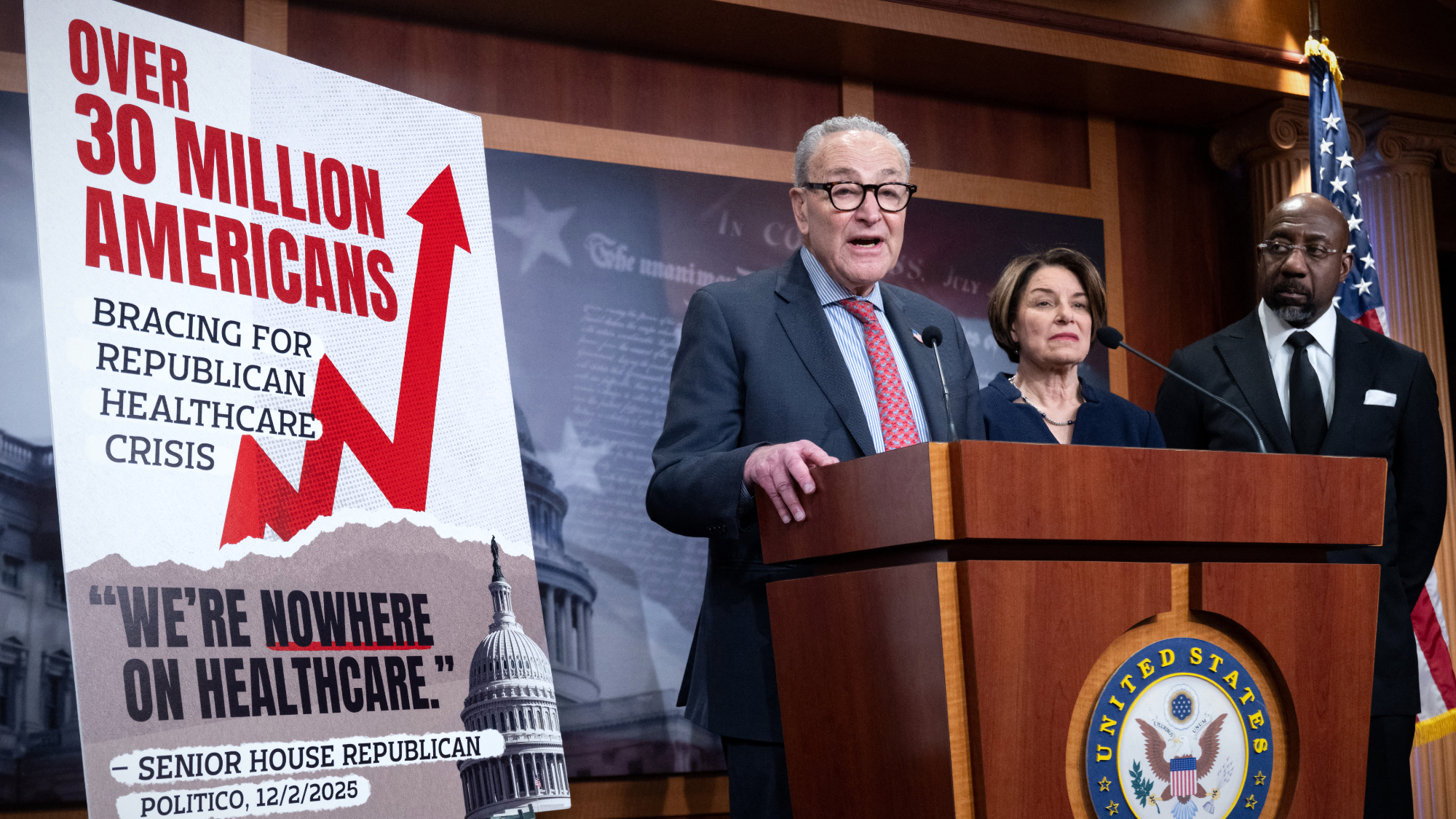 Senate votes down ACA subsidies, GOP alternative
Senate votes down ACA subsidies, GOP alternativeSpeed Read The Senate rejected the extension of Affordable Care Act tax credits, guaranteeing a steep rise in health care costs for millions of Americans
-
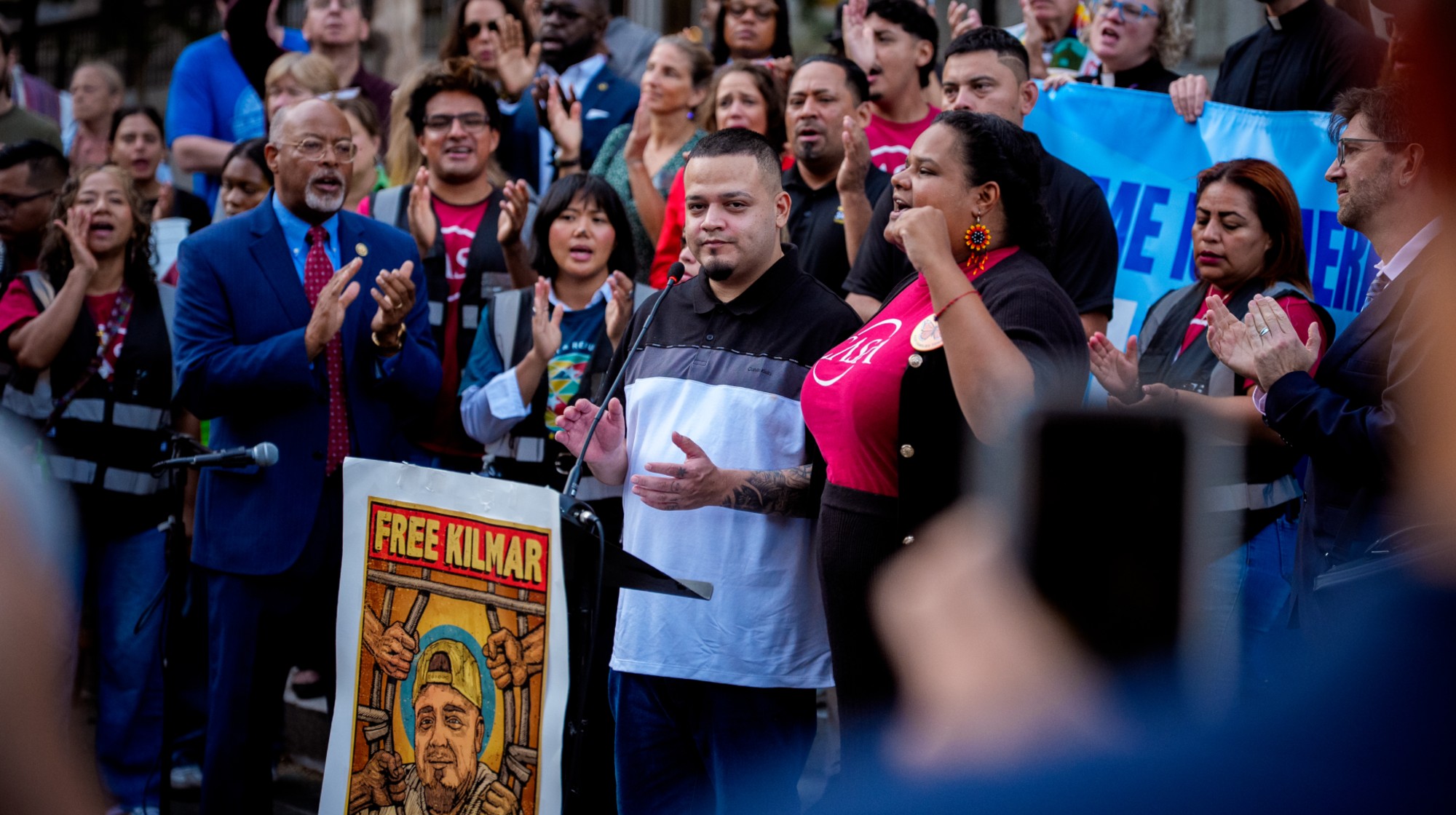 Abrego García freed from jail on judge’s order
Abrego García freed from jail on judge’s orderSpeed Read The wrongfully deported man has been released from an ICE detention center
-
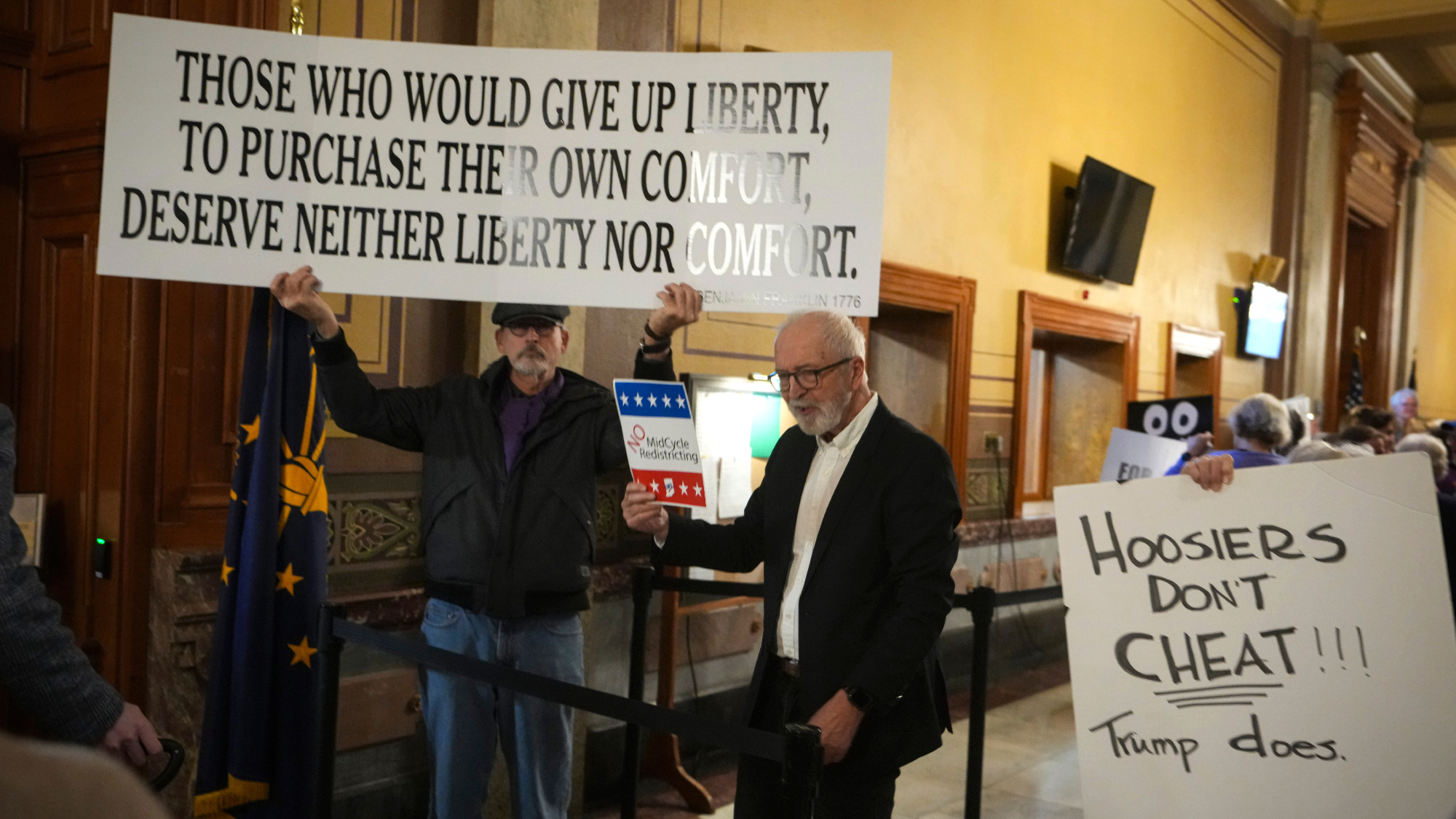 Indiana Senate rejects Trump’s gerrymander push
Indiana Senate rejects Trump’s gerrymander pushSpeed Read The proposed gerrymander would have likely flipped the state’s two Democratic-held US House seats
-
 Democrat files to impeach RFK Jr.
Democrat files to impeach RFK Jr.Speed Read Rep. Haley Stevens filed articles of impeachment against Health and Human Services Secretary Robert F. Kennedy Jr.
-
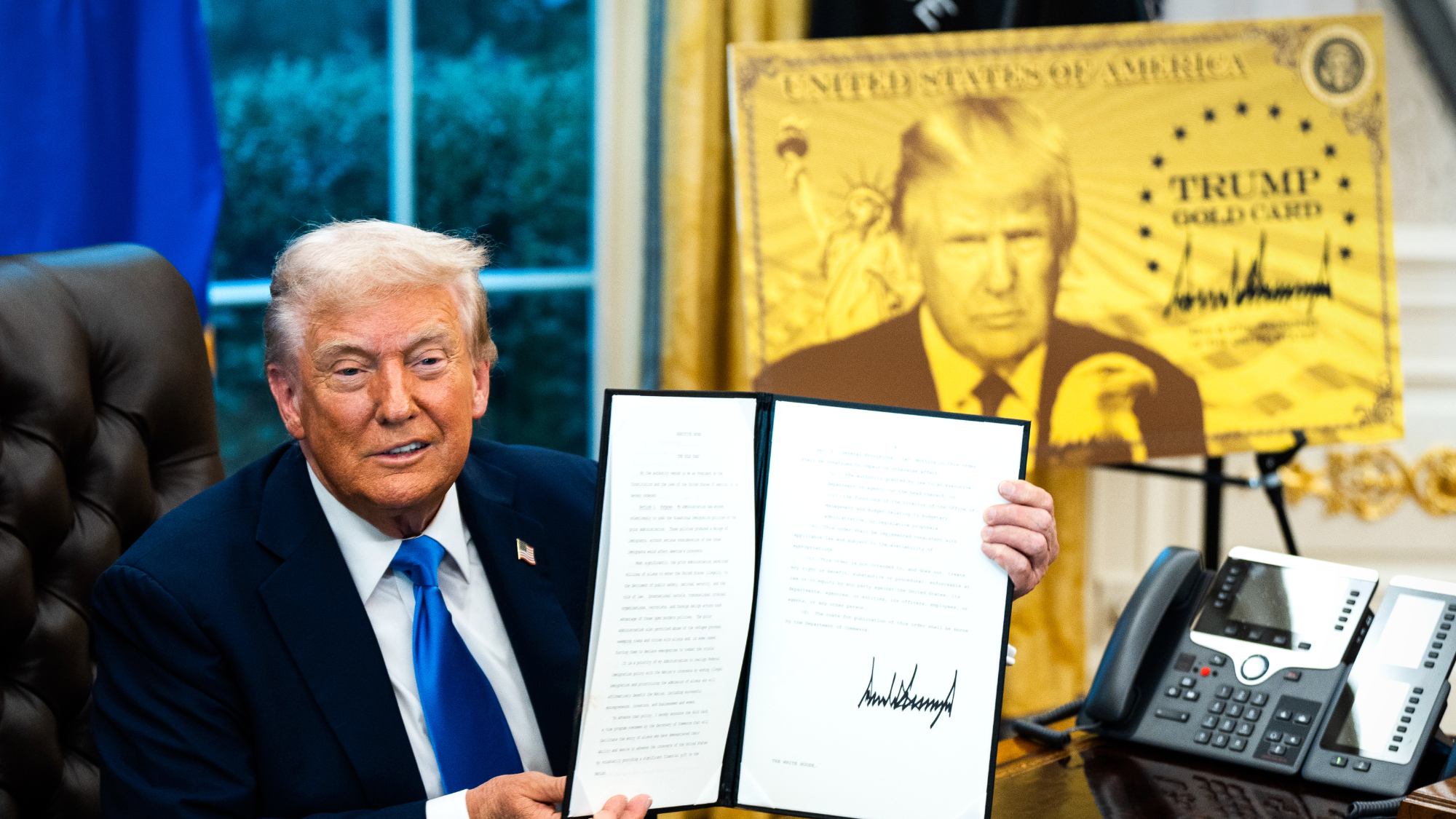 $1M ‘Trump Gold Card’ goes live amid travel rule furor
$1M ‘Trump Gold Card’ goes live amid travel rule furorSpeed Read The new gold card visa offers an expedited path to citizenship in exchange for $1 million
